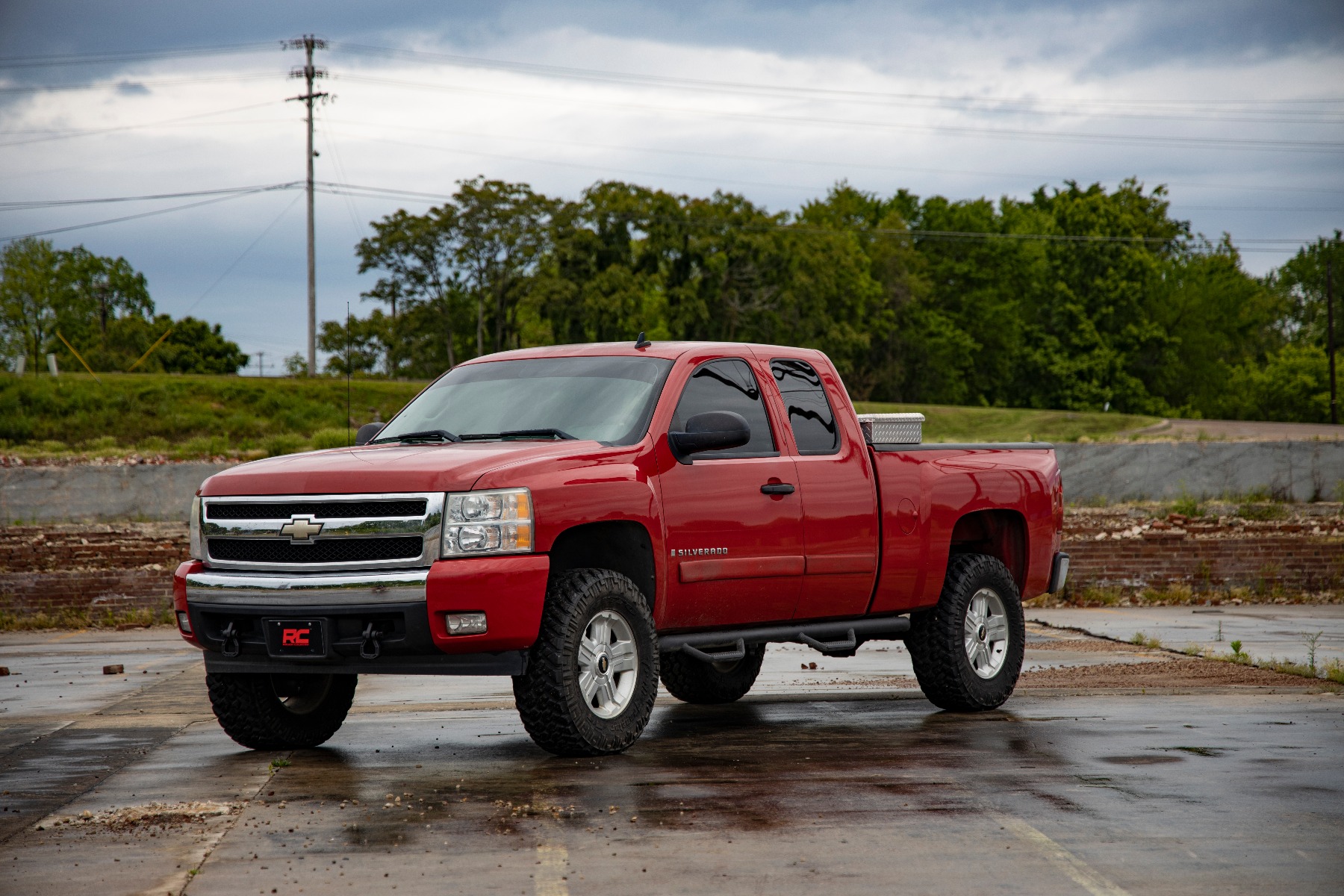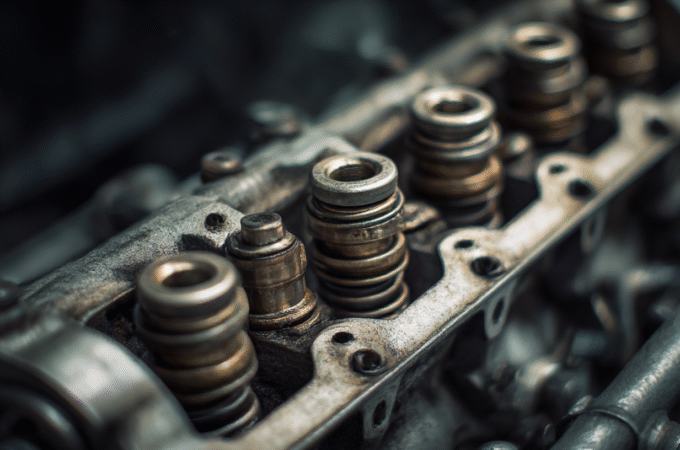
Lift Kits: An Overview of Suspension Upgrades for Off-Road Enthusiasts
Off-road enthusiasts are always looking for ways to improve their vehicle’s performance and capability. One popular upgrade is installing a lift kit. Lift kits raise a vehicle’s suspension, providing greater ground clearance and room for larger tires, which can improve off-road performance. In this article, we will provide an overview of lift kits, their components, and the benefits and considerations of installing one.
What is a Lift Kit?
A lift kit is a set of modifications made to a vehicle’s suspension system that raises the vehicle’s height. The kit typically includes new springs or coilovers, shocks, and other necessary components to raise the vehicle. The lift can vary in height, from a few inches to over a foot, depending on the kit.
Types of Lift Kits
There are two main types of lift kits: body lift kits and suspension lift kits.
- Body Lift Kits: Body lift kits raise the vehicle’s body, leaving the suspension untouched. These kits use spacers and blocks to lift the body from the frame, allowing for larger tires without altering the suspension. Body lift kits are typically less expensive than suspension lift kits and easier to install, but they don’t offer the same off-road performance benefits.
- Suspension Lift Kits: Suspension lift kits raise the entire vehicle, including the suspension. These kits replace the vehicle’s springs or coilovers, shocks, and other components to provide greater ground clearance and room for larger tires. Suspension lift kits are more expensive and complicated to install, but they provide greater off-road performance benefits than body lift kits.

Benefits of a Lift Kit
A lift kit provides several benefits to off-road enthusiasts:
- Greater Ground Clearance: Lift kits increase the distance between the vehicle’s undercarriage and the ground, allowing for greater clearance over obstacles.
- Room for Larger Tires: Lift kits provide more room for larger tires, which can improve traction and handling in off-road conditions.
- Improved Off-Road Performance: Lift kits can provide better articulation, meaning the wheels can move up and down more freely, keeping all four wheels on the ground and improving traction.
- Improved Appearance: Lifted vehicles have a more aggressive and commanding appearance than stock vehicles, making them stand out on and off the road.
Considerations for Installing a Lift Kit
Before installing a lift kit, there are a few considerations to keep in mind:
- Cost: Lift kits can be expensive, with some suspension lift kits costing several thousand dollars. Additionally, there may be additional costs for installation, alignment, and any necessary modifications to the vehicle’s drivetrain.
- Safety: Lift kits alter a vehicle’s center of gravity, which can affect stability and handling. It’s important to ensure that the lift kit is installed correctly and that the vehicle’s suspension is properly aligned to ensure safe operation.
- Legal Requirements: Lift kits can also affect a vehicle’s compliance with local laws and regulations, such as height restrictions and bumper height requirements.
- Warranty: Installing a lift kit can void a vehicle’s warranty, so it’s important to understand the manufacturer’s warranty and any potential impacts before installing a lift kit.
Conclusion
A lift kit can provide significant benefits for off-road enthusiasts, including greater ground clearance, room for larger tires, improved off-road performance, and a more aggressive appearance. However, there are several considerations to keep in mind before installing a lift kit, including cost, safety, legal requirements, and potential impacts on the vehicle’s warranty. If you’re considering a lift kit, consult with a professional installer to ensure a safe and effective installation.




